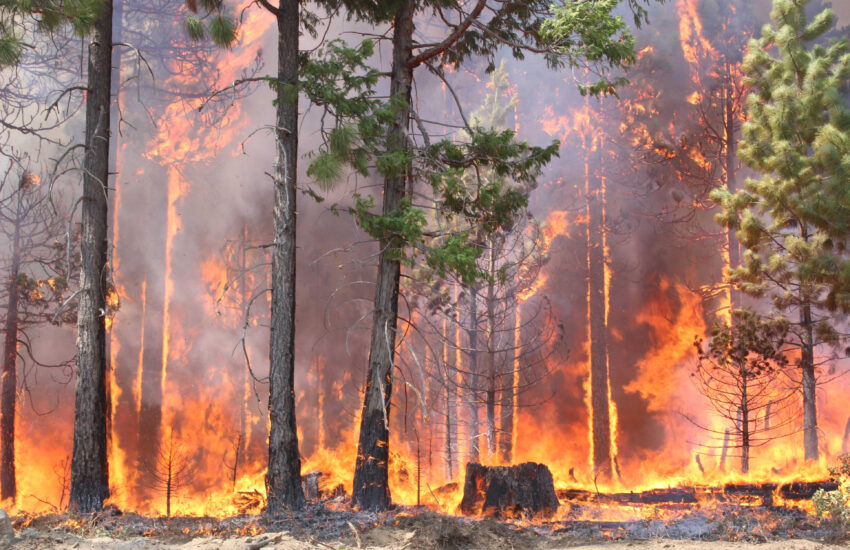Last week, the Environmental Protection Agency issued its “Policy on Provisions to Allow Wildland Prescribed Fire in Clean Air Act State Implementation Plans” in accordance with Section 4 (Strengthening Wildfire Mitigation) of Executive Order 14308, ‘Empowering Commonsense Wildfire and Response.’
This policy guidance comes in the wake of the EPA completing its largest-ever wildfire hazardous material removal effort in response to the January 2025 Los Angeles County fires. In particular, EPA’s policy guidance directs its 10 regional offices to work with local, state, tribal, and federal partners to remove barriers in State Implementation Plans (SIPs) that discourage prescribed fires.
SIPs are used by a state, tribe, territory, or local air district to implement, maintain, and enforce the National Ambient Air Quality Standards (NAAQS) and to fulfill other requirements under the Clean Air Act (CAA). For example, several states have rules incorporated into their SIPs that include statewide or areawide provisions relating to the use of prescribed fires. However, under the CAA and the EPA’s ‘Exceptional Events Rule,’ prescribed fires are eligible to be treated as an exceptional event in which air quality data resulting from these strategic fires does not need to be taken into account when determining whether a particular area meets NAAQS. Therefore, the EPA does not believe it is necessary to include air quality regulatory provisions in SIPs that limit the strategic use of prescribed fires.
EPA’s policy guidance instructs its regional offices to engage with local, state, tribal, and federal partners to develop approaches, consistent with the CAA, that will not limit the use of prescribed fires. In addition, these offices must also collaborate with state air agencies to evaluate both existing provisions already incorporated into SIPs and proposed provisions for inclusion into SIPs to ensure they are consistent with the CAA and do not limit the strategic application of wildland prescribed fires. Moreover, EPA’s regional offices will also encourage air agencies to collaborate with wildland prescribed burners, including state, tribal, and federal agencies, to implement smoke management strategies to minimize health impacts during prescribed fires and to promote recordkeeping of prescribed fire activities, which will enable more effective coordination and collaboration on smoke and air quality management.
EPA’s policy guidance comes on the heels of Administrator Lee Zeldin’s March 12 announcement that the EPA was revisiting its ‘Exceptional Events’ rulemaking to prioritize the allowance of prescribed fires in SIPs.
EPA continues to engage in this rulemaking process, which it anticipates completing in 2026.

